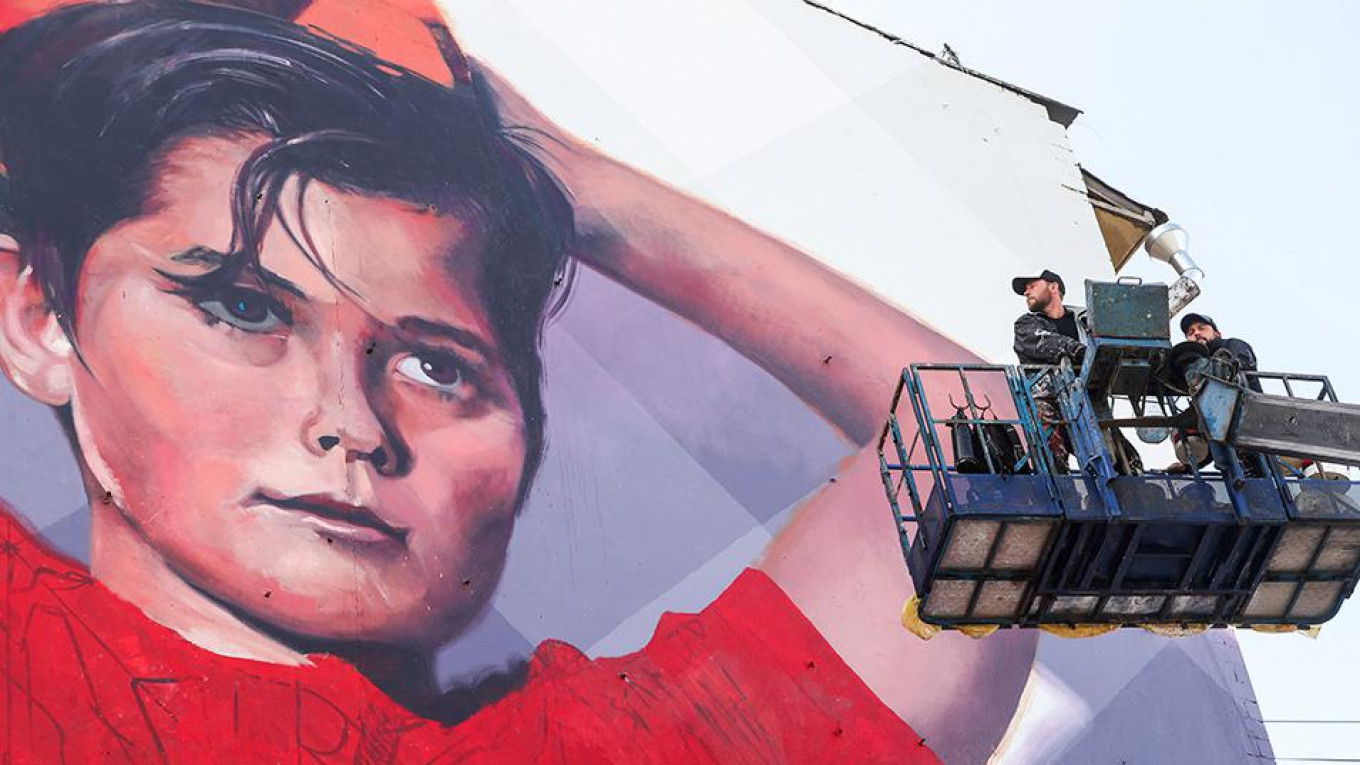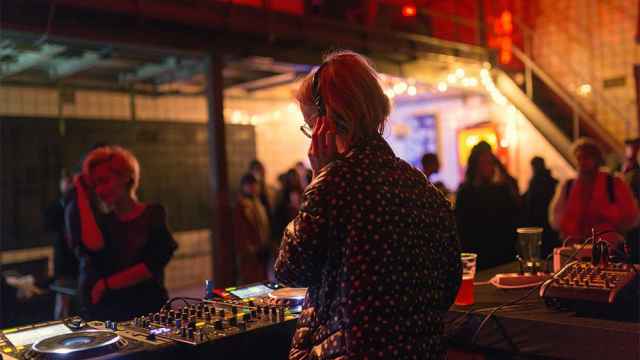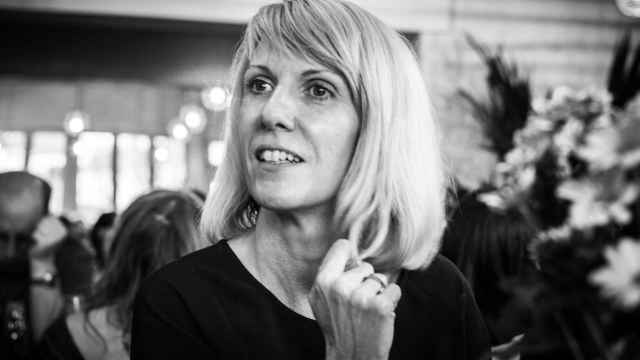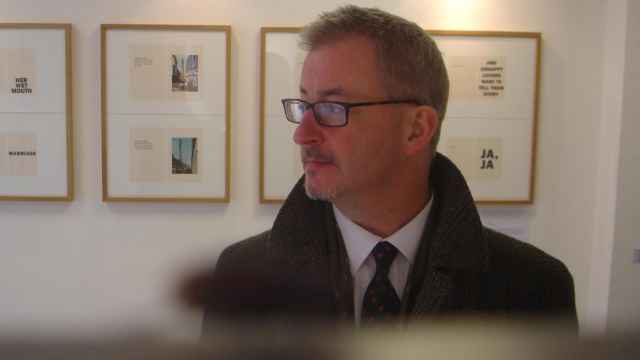Moscow is a multicultural city, and its international bearing is only increasing in light of the World Cup. Graffiti artists have joined this trend, painting the city walls with murals by artists from every corner of the globe, from Australia to Argentina. Local curators are taking advantage of the growing popularity of international graffiti, as demonstrated by the 2018 MOST Street Art Festival.
Harry Lebrun of Tumby Bay, in south Australia, has never been to Moscow. Thanks to a famous Argentinian street artist named Martin Ron, though, the 10-year-old’s face has quite literally left its mark on the Russian capital ahead of the upcoming 2018 FIFA championship.
The colorful large-scale mural on the side of a five-story apartment block located close to Luzhniki Stadium, the championship’s main stadium, features a boy in a red jersey taking the throw-in. Ron was visiting South Australia’s Eyre Peninsula to paint the Tumby Bay silos when he met Lebrun, the mural’s subject.
Lebrun said he had observed the mural’s progress and was thrilled that millions of people would see it. “Everyone who goes to the World Cup and everyone in Moscow who drives past it to work will see it,” he said.
The World Cup mural by Ron was painted as part of the 2018 MOST Moscow Street Art Festival, which will be held in the city until mid-June.
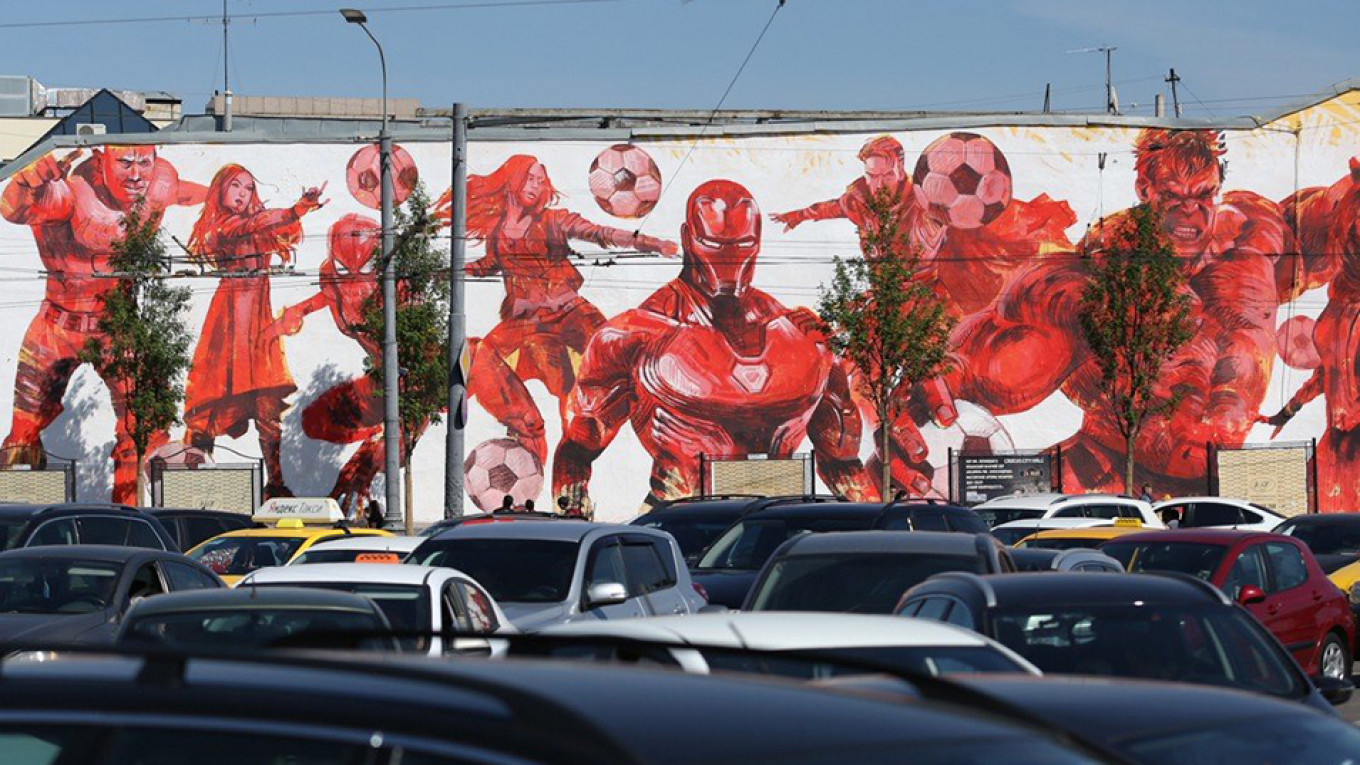
“Over the past decade, Muscovites’ perceptions of graffiti have changed: Graffiti artists are no longer viewed as just vandals or hooligans,” Ivan Panteleyev, the main organizer of MOST, told The Moscow Times. “Demand for graffiti-style work has been coming from architects, interior designers, stores, restaurants and even city authorities.”
For most of Russia’s recent past, graffiti was illegal. Moscow-based street art curator Oxana Bondarenko told The New York Times in 2010 that “The state invests millions of rubles in hunting down graffiti artists and painting over the works,” resulting in arrests and a warning if an artist was caught. In recent years, street art has become more accepted in major metropolises like New York and London, which have seen a boom in street paintings, and Moscow is no exception.
Besides Ron, Mue Bon from Thailand and Farid Rueda from Mexico have taken part in this year´s mural fest dedicated to the football championship.
Asked about his recent work, Ron explained: ”No one has ever painted a mural of a player bringing the ball back into play… The concept is of Russia returning to the World Cup.”
The murals are financed by MOST’s team and the Moscow city authorities. “The World Cup murals will remind Muscovites about the upcoming championship, as well as the benefits of sports for school students and youth. This is why one of the art works includes superheroes and teens playing football,” said a spokesperson for the city committee.
With so many graffiti-based events occurring in Moscow, locals have the opportunity to immerse themselves in world-renowned street art organically, on the very streets where it is created.
Martin Ron’s mural of Harry Lebrun is located at 21 Prospekt Marshala Zhukova. At 1 Ulitsa Solzhenitsyna, Bldg. 5 is another mural by Ron depicts superheroes from the movie “The Avengers,” including Iron Man, Spiderman, Captain America and other characters, playing with footballs.
Emma Friedlander and Alina Shubina contributed reporting.
A Message from The Moscow Times:
Dear readers,
We are facing unprecedented challenges. Russia's Prosecutor General's Office has designated The Moscow Times as an "undesirable" organization, criminalizing our work and putting our staff at risk of prosecution. This follows our earlier unjust labeling as a "foreign agent."
These actions are direct attempts to silence independent journalism in Russia. The authorities claim our work "discredits the decisions of the Russian leadership." We see things differently: we strive to provide accurate, unbiased reporting on Russia.
We, the journalists of The Moscow Times, refuse to be silenced. But to continue our work, we need your help.
Your support, no matter how small, makes a world of difference. If you can, please support us monthly starting from just $2. It's quick to set up, and every contribution makes a significant impact.
By supporting The Moscow Times, you're defending open, independent journalism in the face of repression. Thank you for standing with us.
Remind me later.


